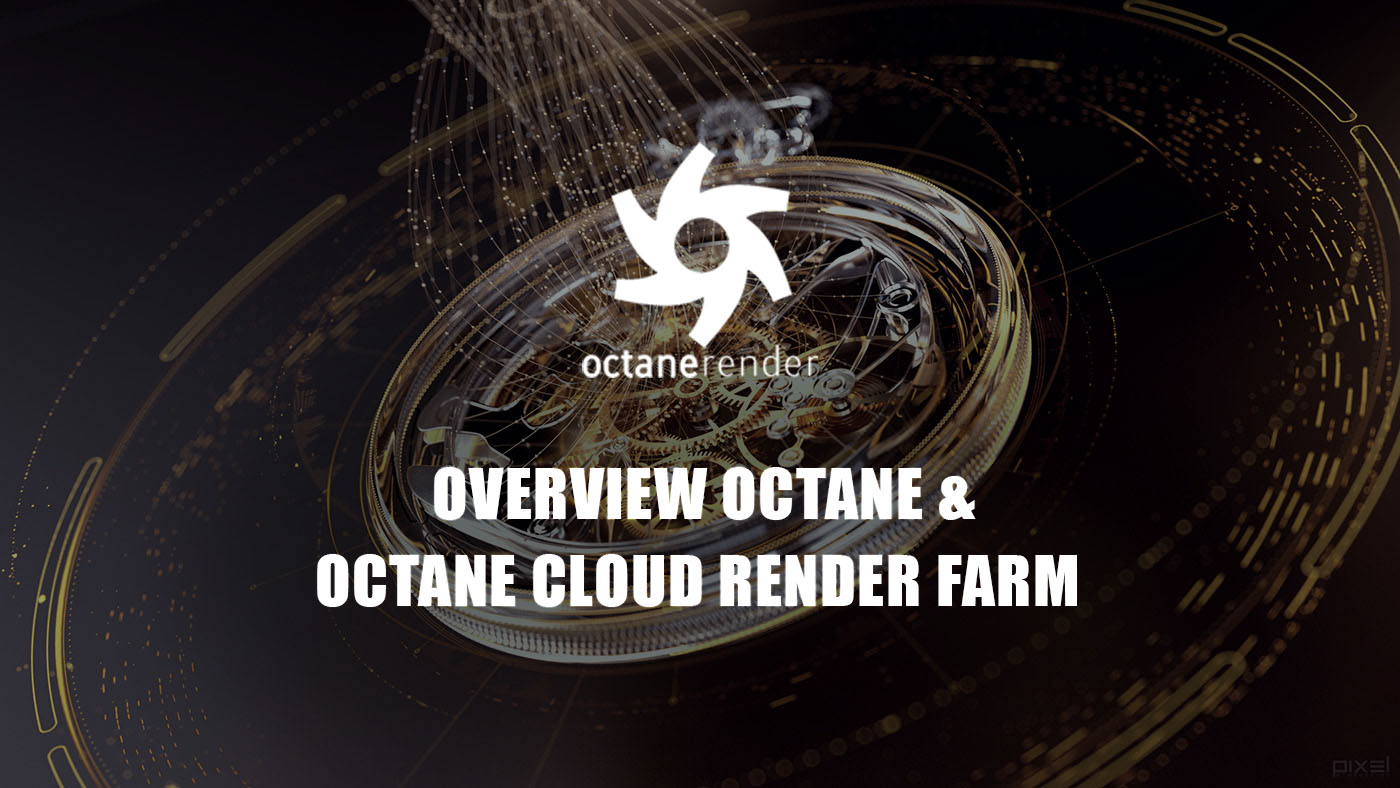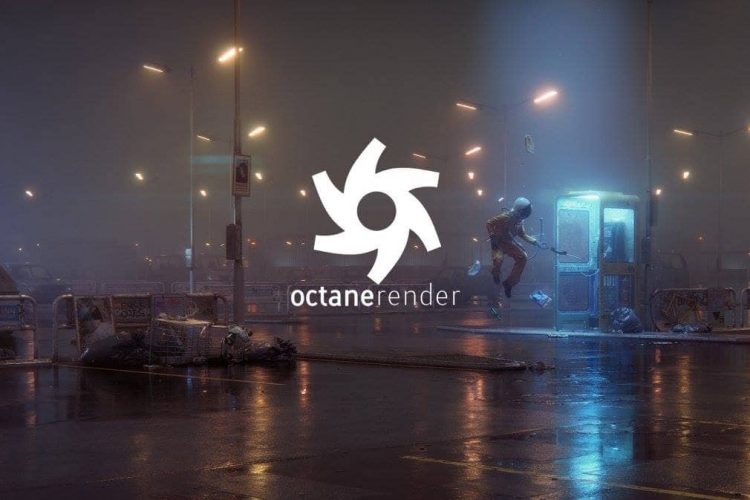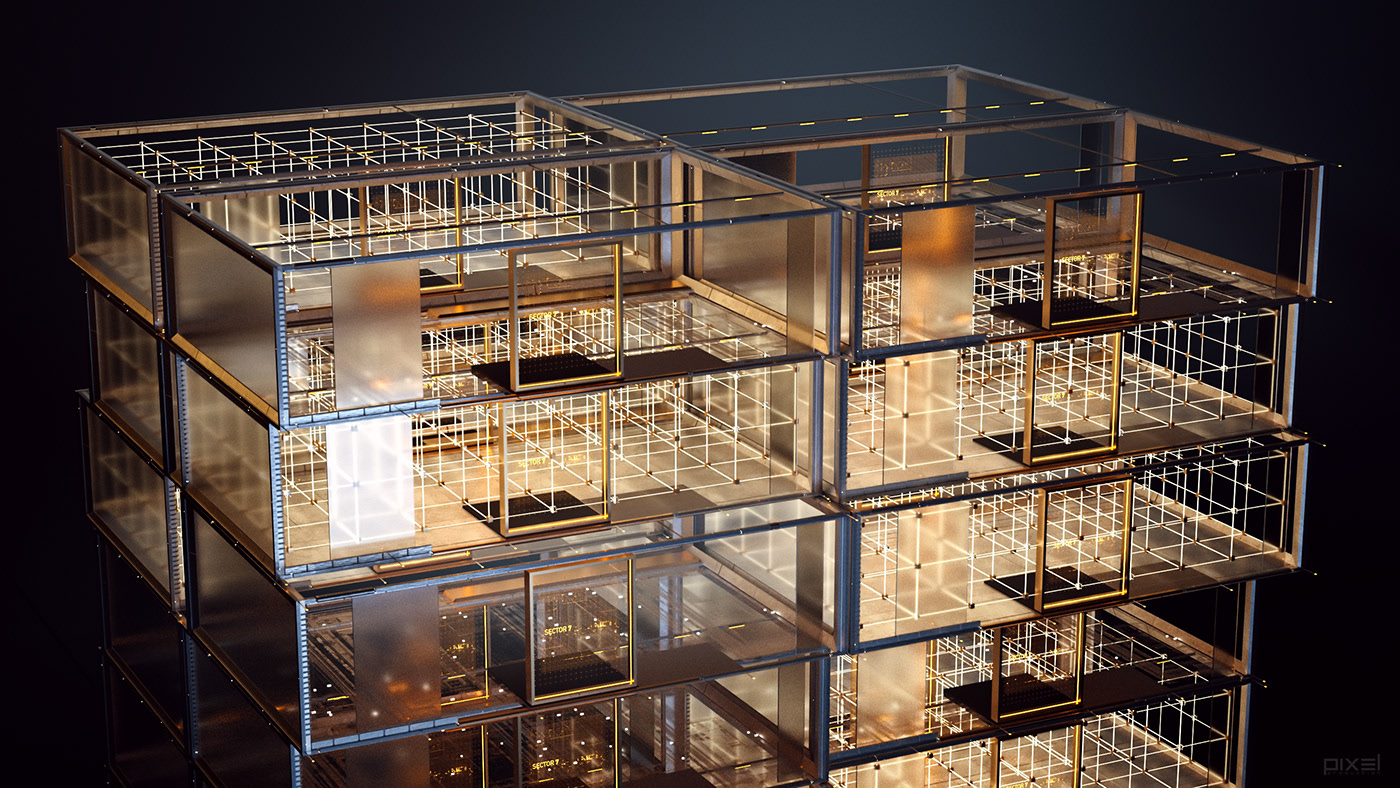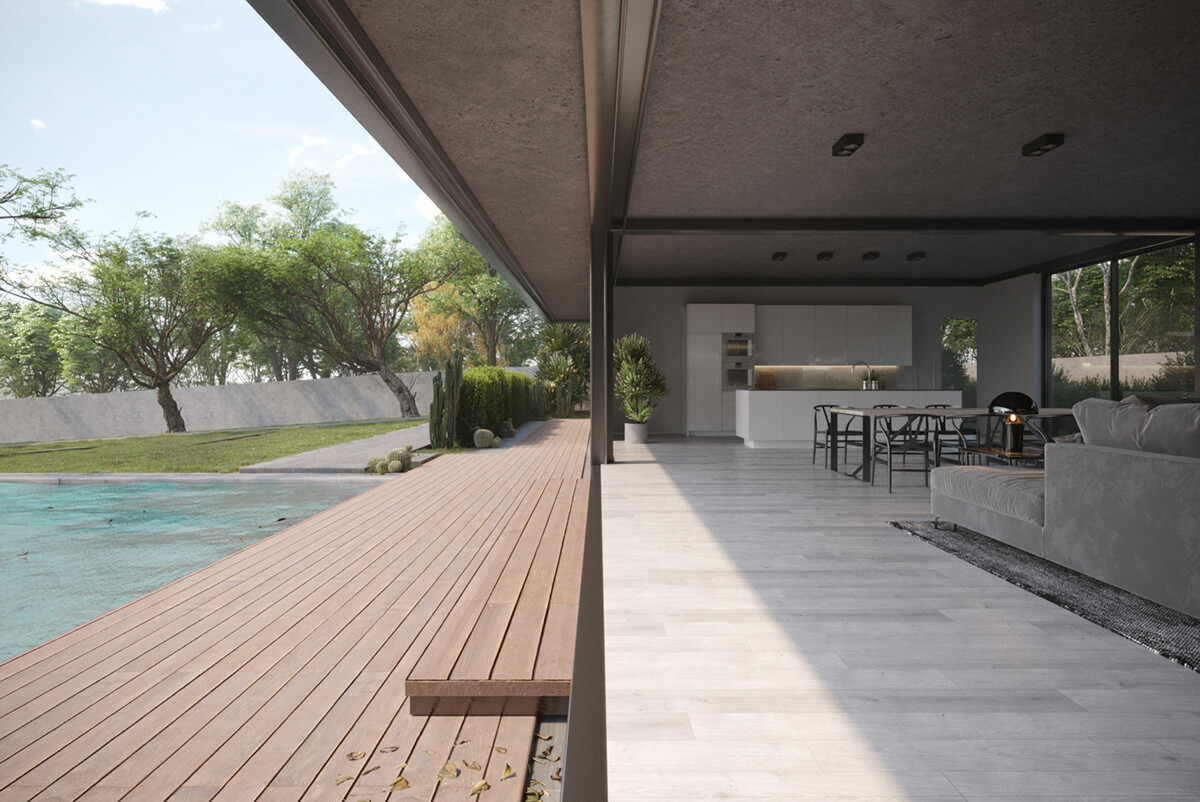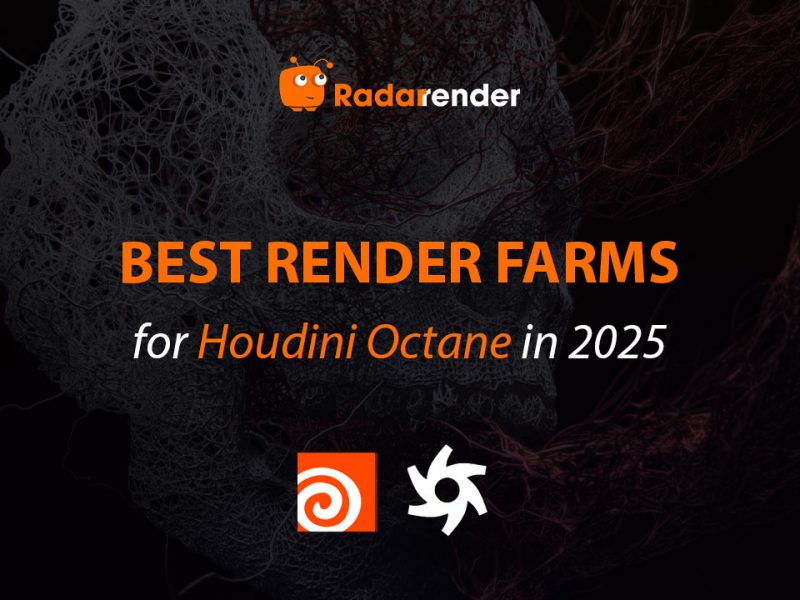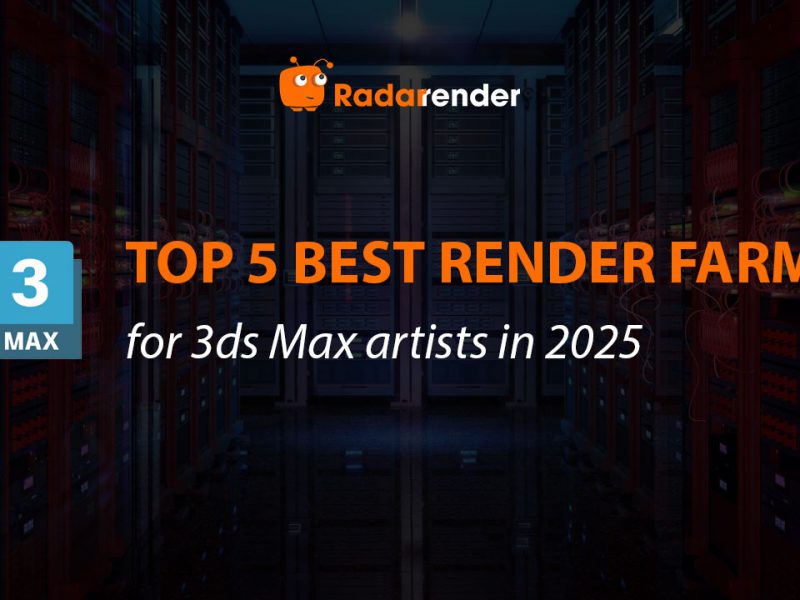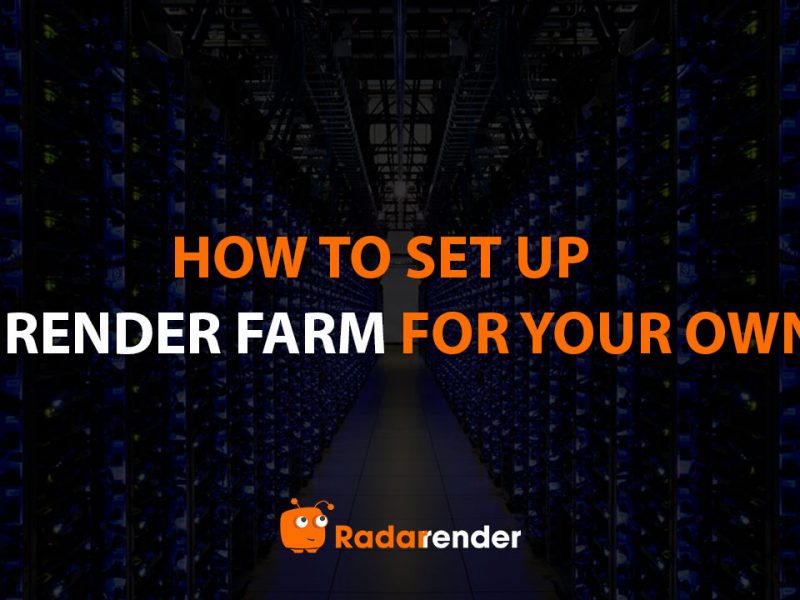Overview Octane And The Octane Cloud Render Farm
In the VFX sector, Octane is the most widely used renderer and the fastest spectrally accurate GPU-accelerated renderer. We will go over an overview of Octane and the Octane Cloud render farm in this article with Radarrender.
Octane render: what is it?
In 2012, the New Zealand-based OTOY firm launched Octane. Everyone in the VFX business is quite familiar with octane because it is frequently used in advertisements, movies, and rendering for buildings. Filmmaking, interior design, the 3D creative sector, and Octane, a well-known render engine used for C4D, are just a few of the businesses that use Octane render engine.
What makes working with Octane appealing to renderers?
The lighting and texturing are excellent features, and the other materials, shaders, camera, and motion blur are thoughtfully rewarded in Octane’s stunning output. Because Octane is quick, controllable, and enjoyable to use, you can get results that are more photorealistic than with any other engine. Octane offers its users simple render options so they can spend more time on the actual creative process and less time troubleshooting settings. Octane is simple to learn, yet it offers a wide range of complicated capabilities that support OSL script, volumetric shading, and much more to allow it to be used in a wide range of applications.
Octane is a quick, intelligent activity that is among the best for GPU cloud rendering. On the other hand, you can use LiveViewer to speed up your work with Octane. Users can observe a rendered scene in real-time thanks to this feature. especially when rendering is handled by the GPU in octane. When an object is modified, lighting is added, or the texture composition changes, IPR updates instantly. Octane reduces the cost of hardware upgrades.
What renderers don’t like about working with Octane?
Although the plugin interaction with Cinema 4D, their preferred 3d software, has been done nicely, Octane occasionally crashes, and there is room for development. More tools for integrating Cinema 4d’s tools into the Octane workflow are something would like to see.
“Despite the fact that Octane’s parameters are kept to a minimum, I occasionally wish I had the ability to deviate from the unbiased method, for instance by splitting the numbers for reflection and refraction. I’ve never felt that finding the most recent versions on the forums and then having to search them for patches was the best way to keep my software up to date”, a 3D artist shared.
What issues is the product addressing, and how does that help you?
Simply put, Octane has made it possible for me to significantly raise the caliber of my work. Octane’s elegance and speed have completely changed the way people work with textures, lighting, and sophisticated elements that require lengthy render times, such as displacement or subsurface scattering. A creative is liberated from lengthy render durations spent patiently trying to construct a render by being able to see and alter their renders fast in a live render viewer, which cannot be overstated. Due to Octane’s rapid render times and user-friendly workflow, you may work considerably more productively in the time you save.
Octane cannot use a normal render farm. Currently, one of the biggest drawbacks of using Octane is that you struggle with extremely large projects or deadlines. You need a render farm to make progress and meet deadlines. Octane offers ORC (Octane Render Cloud), its own version of a render farm. However, it was super expensive. There are other render farms you can use. However, this violates the EULA (End User License Agreement), and getting caught can mean losing your license. It would suck.
Top 3 Octane cloud render farm
We had a list summary top 3 Best Render Farms for Octane Renderer in the article, you can read and choose a render farm that helps you speed up when working with Octane Renderer.
Conclusion
Octane is the faster render engine in 3D rendering. Octane supports high-resolution textures, mesh emitters, IES files, and a sun/sky system. You can rotate or position an HDRI file in your scene, or turn any object into a mesh light by enabling the emission property of the material. Octane allows you to manipulate the lighting in the scene according to your choice.



